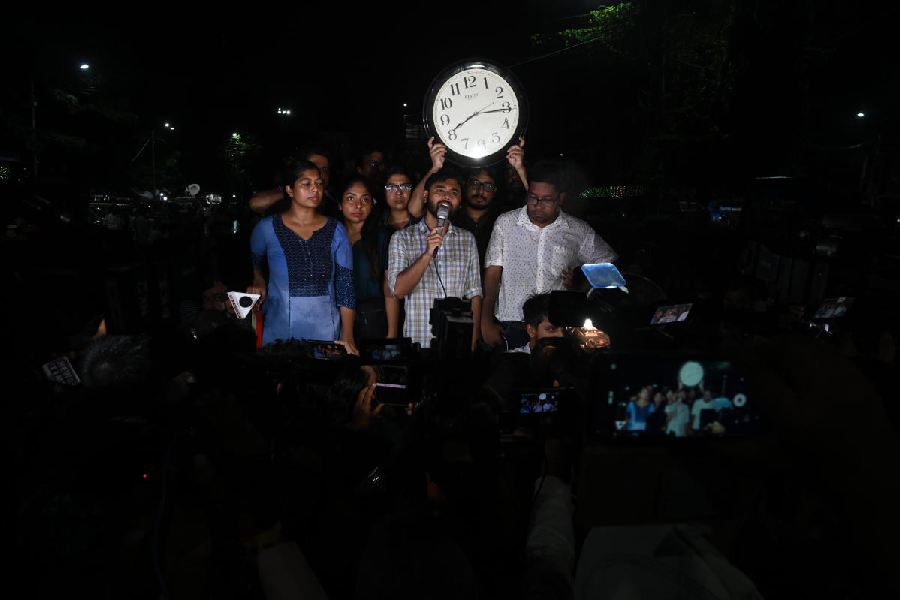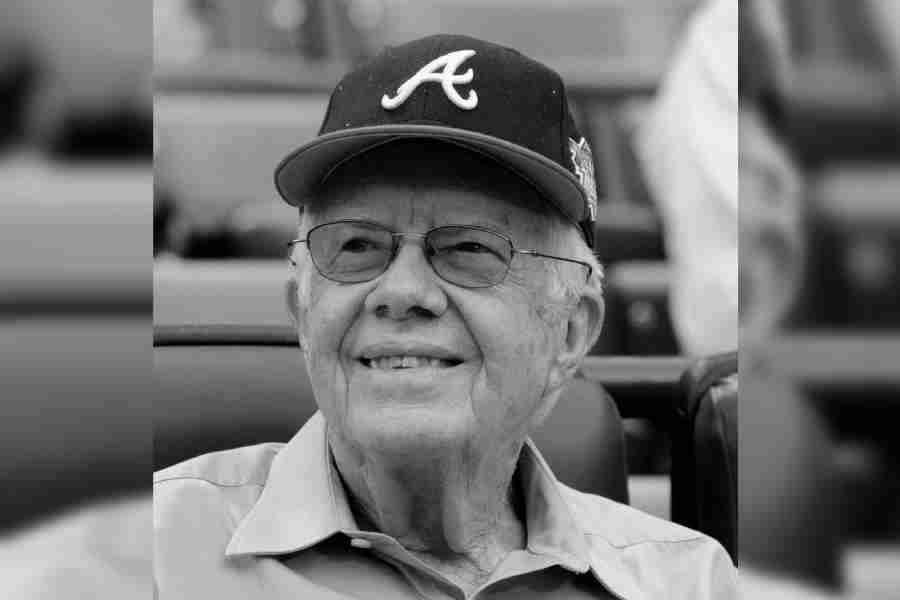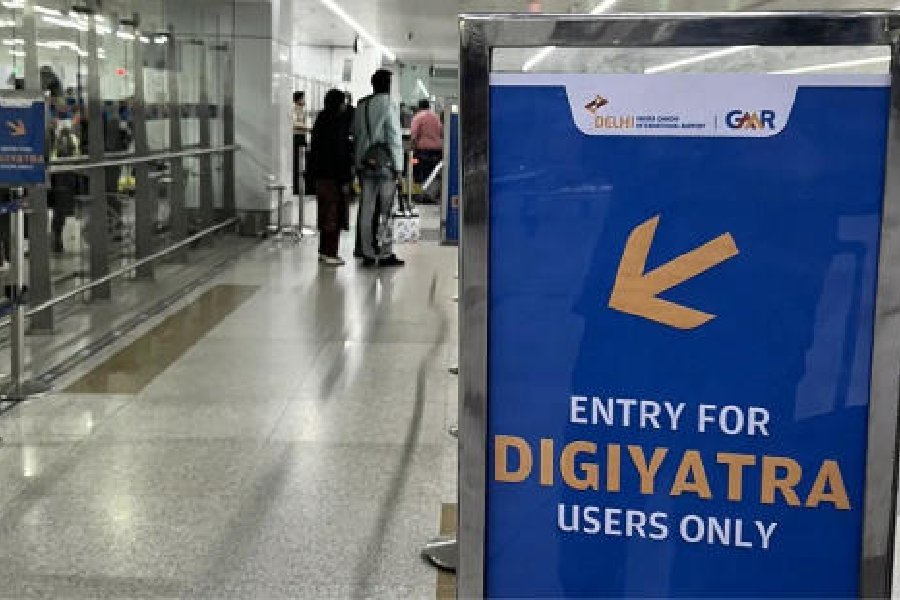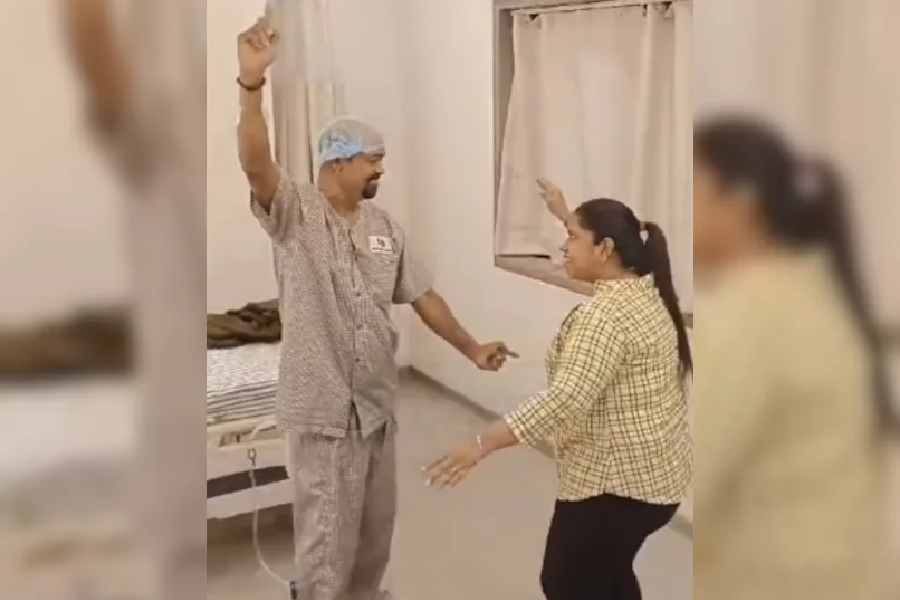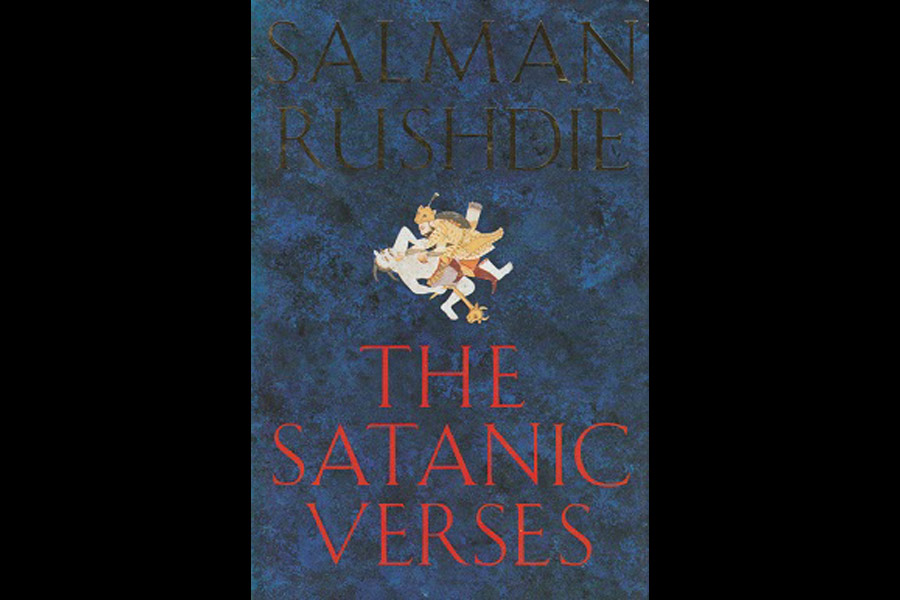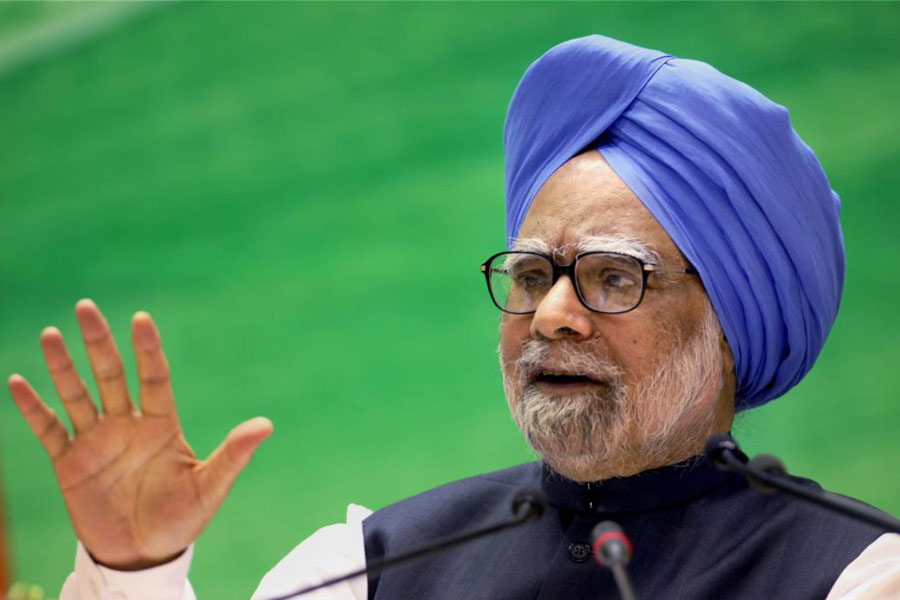Pulse of the people. Doctors are, literally, well aware of the import of the phrase. As are astute politicians, who are known to have a feel of the “public pulse” —the prevailing mood, the sentiments, the possible reaction to action or inaction.
Junior doctors on Friday evening ended the second phase of complete cease-work. The decision may have been prompted by questions raised by several people, hitherto supportive of their cause, on whether they had made a tactical error and misread the pulse of the people just ahead of Durga Puja.
It is evident that the junior doctors see a strike as a potent tool to pressure authority. Even if they have decided to return to work, cease-work remains a weapon they can unleash.
The doctors have presented a long list of demands for the government to act on, primarily concerning their safety and security. No one would have any quarrel with what they are asking for. Any workplace has to be secure and safe, especially where it entails dealings with the public at large — be it for doctors or corporate executives in marketing and sales, government officials, journalists or even the police. But a close study of their latest list of demands suggests that these are just an elaboration of what they had already laid down for the Bengal government during their first phase of cease-work. The government made some commitments, to the doctors as well as in the Supreme Court of India that is monitoring the investigation. The State has assured completion of some of the work by October 15 and the entire work by October 31.
The doctors on their part, through their counsel Indira Jaising, gave an undertaking to the bench of the top court of the land headed by the top judge of the land that they “have and shall” return to full work mode, including outpatient (OPD) and indoor (IPD) duty. This was on September 30. The very next day, they announced a complete cease-work all over again.
It is clear from the doctors’ stand that the trust deficit that already existed vis-à-vis the Bengal government has now extended to the CBI and even the Supreme Court. But is a cease-work the right response? Much as junior doctors would like to deny it, the fact remains that distressed patients and their relatives who come from afar for treatment at government hospitals are being denied healthcare. In a democracy, everyone has the right to protest; equally, everyone has the right to carry on with their lives, work and businesses as well.
Which is where the friction lies. The political parties, especially the Left, desperate to regain the trust — and therefore votes — of the Bengali intelligentsia, have been in a dilemma on how far to back the doctors’ movement. The CPM is unwilling to take a stand, leaving it to the doctors to protest as they wish. The Congress and the BJP urged the doctors to return to work and simultaneously protest. Neither party would like to be seen as backing a strike that appears to openly and brazenly defy the Supreme Court. The BJP is also clearly uncomfortable with the “Azaadi” slogans raised at the rallies, suggesting that the movement has now been hijacked by the ultra-Left groups.
A larger conflict has arisen between the group of middle-class Bengalis, many of them dyed-in-the-wool Leftists stridently against the Trinamool Congress, who are opposed to “Utshob (festivities)” and the others who see no friction in joining the festivities even though they believe in the cause of the doctors. The social media has turned into a battleground between these groups, akin to that between supporters of Narendra Modi and his opponents. If those seemingly anti-Modi were dubbed “anti-nationals” who should be packed off to Pakistan, the “no-utshob-only-biplob” lobby — often the target of the right-wingers --- are labelling those countering them as “choti-chata” — a derogatory term for supporting the ruling dispensation.
It is this binary that is problematic. And uncomfortable for a large section of the educated Bengali middle-class society, who are sympathetic to the cause but not in sync with the turn the movement seems to be taking.
The majority of those walking with the doctors in the protest rallies do not go to government hospitals for treatment. They are insured and can afford private facilities. It is the poor, the infirm, and those on the lower rung of the economic ladder who do. They are providing water and support to the doctors during their protests; tomorrow if they do not get treatment, they are the ones who will suffer. “Revolutions” are always for the masses, alienating them can’t bring about one.
Amid all this, the real cause is getting lost. A young doctor in the prime of her life was brutally raped and murdered in her workplace. The result of the investigation thus far is locked in reports in sealed covers presented to the Supreme Court. How long the CBI will take to complete its probe is anybody’s guess.
But what about the role of the Bengal government? Its progress in implementing measures for the safety and security of the doctors has been “tardy”, as the Chief Justice said. It shows the government in an extremely poor light. It has given a commitment to the apex court but the jury is out on whether they will be able to do the job by the promised dates. If it thinks that the festive crowds on the roads ahead of the Pujas are a sign that all is forgotten, they are wrong. The rot in the system remains, deeply entrenched, the stench of corruption, inefficiency and utter incompetence pervading key institutions.
On Friday, the CBI claimed in the local court that two of those arrested — former RG Kar principal Sandip Ghosh and former Tala police station OC Abhijit Mondal — were involved in hushing up the murder and rape case, a grave allegation that directly brings under the scanner the office of chief minister Mamata Banerjee who heads the two crucial departments of health and police.
The junior doctors have been coy about directly accusing the chief minister — they have been demanding the scalp of one police officer here, one health bureaucrat there —but finally the buck stops with the chief executive of the state. The people are still awaiting answers to the myriad questions that have been raised in the aftermath of the RG Kar brutality. The government, and the chief minister more specifically, must provide them.
During the second phase of the cease-work, the government maintained utter silence. The sense among a section of bureaucrats is that they will say what they have to in the court. They have already talked with the junior doctors and taken steps; it’s up to the doctors to accept or reject them. Their argument is that the government is answerable to all people and responsible for the livelihoods of those who depend on the Pujas for the bulk of their yearly income. Those out on the roads protesting have no such responsibility.
Writing on the short-lived Kronstadt rebellion, Leon Trotsky said: “A revolution is ‘made’ directly by a minority. The success of a revolution is possible, however, only where this minority finds more or less support, or at least friendly neutrality, on the part of the majority.” The junior doctors, who have thus far got a fair share of vocal support of a section of the Bengali intelligentsia and the “friendly neutrality” of a silent majority, need to realise that a protest seen to be anti-poor will, in the end, bury the real issues. Like they so deftly do in their profession, they must read the pulse of
the people.

